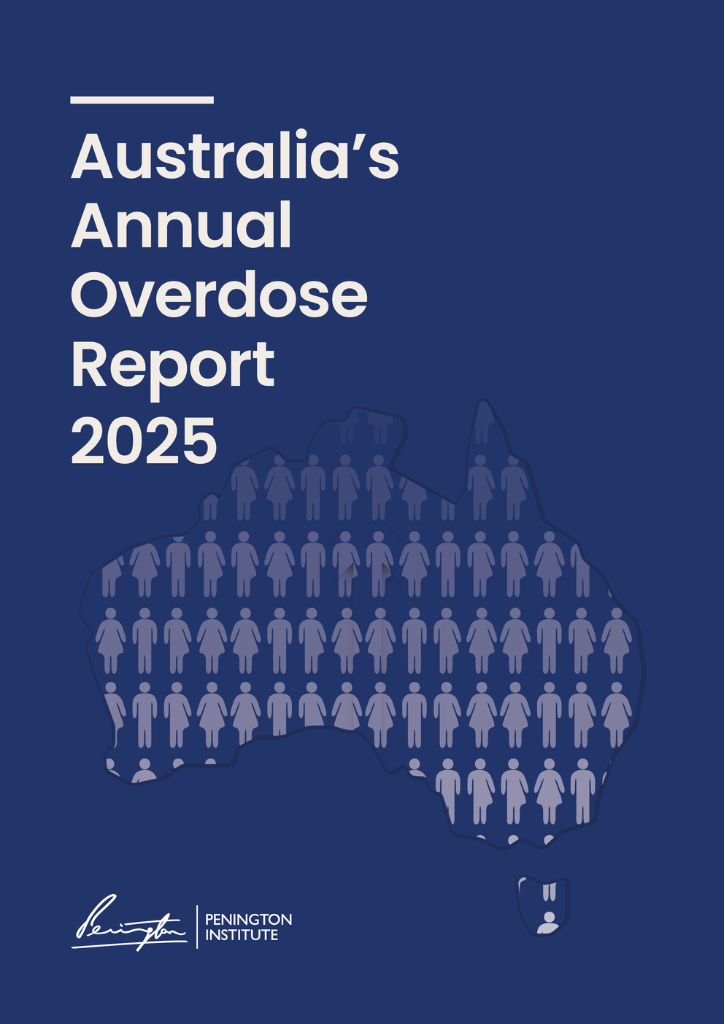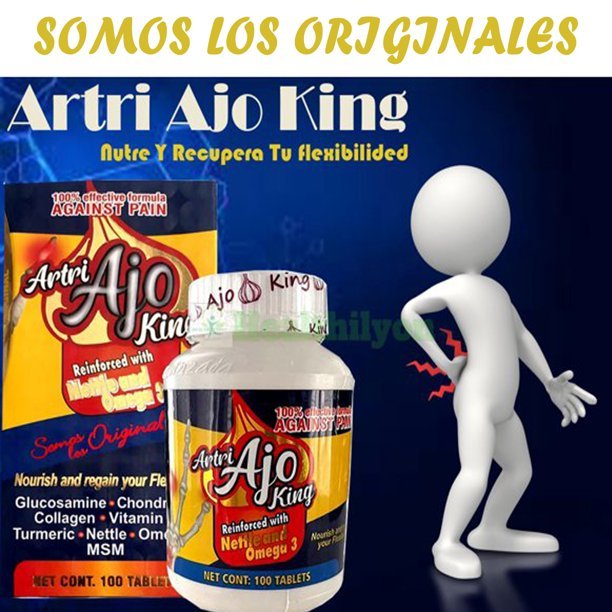Rising Rates of Autism and ADHD
For pregnant people experiencing fever or pain, acetaminophen is widely viewed as the best option. But can it also harm the fetus?
To begin answering this question, researchers have analyzed preexisting datasets of health information, looking for associations between acetaminophen use during pregnancy and neurodevelopmental problems in children. Such research is referred to as observational, and while it can be useful, this approach can’t typically prove causality.
Autism rates have climbed steadily since the Diagnostic and Statistical Manual of Mental Disorders, or DSM, first established it as a distinct disorder in 1980. In 2000, 1 in 150 children were diagnosed with autism by the age of eight according to the Centers for Disease Control and Prevention; by 2020, the number had risen to 1 in 36.
ADHD rates increased as well, though not as sharply. In 2019, 6 million children between the ages of 3 and 17 (9.8 percent) had received a diagnosis of ADHD, compared to 4.4 million children in 2003, according to CDC data from a national survey of parents.
Many experts attribute the bulk of that increase to greater awareness and broadening definitions of the disorders. Factors such as improved survival for premature infants and a trend toward starting families later may also play a role, as both prematurity and older parents are associated with increased risk for neurodevelopmental disorders.
In the early 2010s researchers additionally became interested in whether acetaminophen, so commonly used by pregnant people, could affect fetal development.
In 2014, after a couple of observational studies suggested a possible link, the Food and Drug Administration began a formal process to track data on the issue. The findings from the agency’s initial review of the evidence, based on limited and contradictory data, were inconclusive according to a Drug Safety Communication published the following year.
Since then, researchers from several countries, including the U.S., have published a steady stream of observational research. In 2021, an international group of researchers came together to review the evidence and craft a consensus.
“We all sat down and said, it’s time to put all this together; we’ve done reviews, there’s more and more evidence,” said lead author Ann Bauer, an epidemiologist at the University of Massachusetts Lowell. “We all felt that it was time for women to have this information.”
Of the 29 observational studies involving 220,000 mother-child pairs, 26 linked prenatal use of acetaminophen to neurodevelopmental disorders including ADHD, autism, language delays, lower IQ, and cerebral palsy among others. Sixteen studies showed a more-pronounced effect with longer-term use of the drug.
Bauer pointed out that a handful of observational studies published after the consensus statement also suggest an association.
The group conceded that the observational data is imperfect. The positive association could stem from other factors, such as heredity or the condition that prompted the woman to take the drug. Still, the researchers concluded that the combined weight of the data was strong enough to warrant warning labels on acetaminophen and for health care professional to caution women against indiscriminate use of the drug. Society should act now, they wrote, “not wait unequivocal proof that a chemical is causing harm to our children.”
In science, it’s always possible to find something wrong with individual studies, said David Møbjerg Kristensen, a professor of molecular biology at Roskilde University in Denmark, one of the consensus authors. “But it’s more when you have all the studies lining up that you begin to be concerned,” he said.
‘Irresponsibly Published’
But other experts say that it’s misleading to stack up profoundly limited data and conclude that, as a whole, it carries more weight.
The paper from Bauer’s team was “irresponsibly published,” said Nathaniel DeNicola, an obstetrician-gynecologist based in Orange County, California, who helped review the evidence for the American College of Obstetricians and Gynecologists. “It did not reflect the preponderance and overall weight of the data, and it did not reflect the clinical context.”
DeNicola, who has expertise in environmental exposures and health policy, pointed out that consensus authors didn’t include numerous reviews, including those from major medical organizations, that drew different conclusions. Both ACOG and the Society for Maternal-Fetal Medicine, for example, found no clear evidence that acetaminophen causes fetal developmental issues and no reason to change current medical advice and practice.
In the end, neither did the FDA. In 2018, the agency brought the issue before its Medical Policy and Program Review Council, which provides oversight and direction of policies. The council found the available data didn’t warrant changes on acetaminophen labels or updates to the existing safety communication, wrote FDA press officer Charlie Kohler in an email to Undark.
While the agency continues to monitor the issue, it closed the formal tracking process in 2020 said Kohler, because extensive reviews failed to turn up solid evidence of a link between the drug and neurodevelopmental issues.
The gold standard for understanding the effect of a medication is to randomly assign one group to take the drug and another to get a placebo, with neither researchers nor participants knowing who got what until the end of the study. However, those randomized clinical trials rarely include pregnant women because of potential risks to the fetus. As a result, acetaminophen researchers rely on observational studies and laboratory experiments, including those that test the effects of the drug on experimental animals.
It can be difficult, however, to study neurodevelopmental problems in these animals. For one, researchers wouldn’t diagnose ADHD or autism in a mouse, though some research finds that mice exposed to acetaminophen in the womb are more likely to have problems with learning, memory, motor skills, and social behavior. Additionally, the biological mechanisms that lead to a diagnosis in humans are complex and not well understood, said Kristensen, so researchers don’t know what to exactly look for when they study the brains of laboratory animals.
Research in test tubes and lab animals does show that acetaminophen affects several chemical systems involved in brain development. “The compound is doing multiple different things during development at specific time points when the fetus is vulnerable,” said Kristensen. But whether these factors contribute to neurodevelopmental problems, he added, is unclear. Kristensen said that he expects to publish data within the next year or so that could help clarify the connection.
It’s also hard to know what to make of the observational research, which has numerous limitations, according to DeNicola. Many of the studies rely on women’s recall of having taken acetaminophen, which can be faulty weeks and even months later, he said. And instead of a clinical diagnosis of a child’s developmental or behavior disorder, studies often depend on assessments by parents and teachers, which sometimes differ.
One of the biggest issues with the observational research is failing to adequately control for other factors that cause autism and ADHD, particularly heredity, said Per Damkier, head of research in clinical pharmacology at the University of Southern Denmark and a co-author of a consensus rebuttal by the European Network of Teratology Information Services. (Teratology is the study of diseases and conditions that are congenital, or present at birth.) Based on data from Western countries, researchers estimate that up to 80 percent of autism and up to 90 percent of ADHD results from genes children inherited from their parents. If you don’t account for that huge factor, he said, “you inevitably will come up with misleading results.”
For example, a 2017 Pediatrics study included in the original consensus review found that the father’s use of acetaminophen increased a child’s risk of ADHD just as much as the mother’s use during pregnancy. While the researchers theorize that acetaminophen could have altered how the fathers’ genes work, Damkier said that the more likely explanation is that the analysis didn’t sufficiently adjust for heredity.
The pain or illness that prompts a woman to take a pain reliever may also skew the data. In their consensus rebuttal, authors from the Organization of Teratology Information Specialists point to the OTIS’ long-running MotherToBaby study, which found that compared to pregnant women who use acetaminophen for short periods, those who take it longer term report having more mental health conditions, including depression and anxiety, and are more likely to take antidepressants — all factors studies suggest are associated with ADHD and autism in children.
In a 2020 study, epidemiologist Reem Masarwa, then a postdoctoral fellow at McGill University in Montreal, and colleagues explored whether confounding factors such as heredity and maternal illness could be biasing acetaminophen research.
The group reanalyzed data from a meta-analysis Masarwa had published two years earlier, which had found a 35 percent increased risk of ADHD in children exposed to prenatal acetaminophen. This time the researchers stringently adjusted for parental ADHD and migraines in the mother. The ADHD risk nearly disappeared.
‘There’s Something Biological Going On’
The consensus authors cite two studies that overcome the limitation of relying on a mother’s memory of acetaminophen use. The first, a 2019 study, tested umbilical cord blood for traces of acetaminophen and the second, published in 2020, measured acetaminophen in babies’ first bowel movement. Both found that the higher the prenatal exposure to acetaminophen, the greater the chance of a child receiving a physician diagnosis of a neurodevelopmental disorder.
“The beautiful thing about the new studies coming out is that the better the study, the stronger the associations,” said Kristensen. “Suddenly, you can see dose response, which is something we always look for because that argues that there’s something biological going on.”
However, both of those studies have drawbacks as well. Acetaminophen only lingers in the blood for a few hours, so the implication of the cord-blood study is that a single dose right before birth could have a dramatic effect on a child’s brain. Many experts find that result implausible.
Testing a newborn’s bowel movement may be a better measure as it is thought to reflect the mother’s use of acetaminophen during the last two trimesters of pregnancy. But as with some other observational studies, the researchers didn’t account for why the mother took the drug in the first place.
Plaintiff attorney Ashley Keller said that his first responsibility is to help his clients win compensation. In addition, he said, there’s also a public health issue at stake in that the women need full information to make informed decisions.
In April, U.S. District Judge Denise Cote, who is presiding over the pre-trial proceedings, took the unusual step of inviting federal regulators to provide an opinion on whether the science warrants adding a warning to acetaminophen labels about an association between prenatal exposure and ADHD and autism.
The FDA declined to comment on whether the agency would weigh in by the end of July as requested by Judge Cote.
Claiming that FDA regulations and federal laws prevent them from changing Tylenol labels, Johnson & Johnson is pushing for a dismissal. The company continues to evaluate the science and has not seen any evidence that acetaminophen use during pregnancy causes fetal development issues, Witt, the company spokesperson, wrote in an email. “Leading medical organizations agree with the current product label which clearly states, ‘If pregnant or breast-feeding, ask a health professional before use.’”
Bauer said the lawsuits are helping get the word out about the accumulating research on acetaminophen’s risks. Up until now, she said, a lot of women have viewed the drug as “completely innocuous,” something to take “whenever they are in discomfort.” Others disagree. DeNicola said that the women he sees in his practice are conscientious about using acetaminophen.
One thing everyone agrees on is the recommendations for acetaminophen use, said DeNicola: “Use it only where indicated in the lowest dose for the shortest duration.” So, for pain or fever that means taking one pill, one time, to see if symptoms ease, he said.
Another point of real consensus is the need for more research. Bauer said that several groups are looking at possible mechanisms for how acetaminophen could affect development. “As far as the epidemiology, there’s a pretty perfect study that could be done,” she said, pointing out that, with smartphones, women can easily record what they take and why. “But it’s going to take us many, many years is the problem.”
“Something that is potentially this important for, not just fetal, but for childhood brain development should be studied,” DeNicola said. “And it should be studied in a real way.” For example, he would like to see studies that use blood tests and other measures throughout pregnancy to accurately track exposures not just to acetaminophen, but also to environmental substances of greater concern to fetal development, such as industrial chemicals. And, since a baby’s brain continues to develop after birth, studies should account for use of acetaminophen in childhood — a glaring omission from most of the current research, said DeNicola.
At the moment, no one is conducting exactly that type of study on acetaminophen.
However, FDA spokesperson Charlie Kohler said that agency is conducting a small study to see how people’s bodies absorb, metabolize, and excrete the drug. The agency is also planning a toxicology study in 2024, pending approval of funding.
And Chambers said that she is coordinating a study funded by the National Institutes of Health of about 8,000 mother-child pairs in 25 sites across the U.S. The Healthy Brain and Child Development Study will capture information on prenatal exposures, including to acetaminophen, and use brain imaging and standardized assessments to track brain development in children. Researchers will release data annually, so information on prenatal exposure to acetaminophen will begin to emerge in the next couple of years, she said.
If there’s anything good to come out of the controversy, it’s that every drug, over the counter or not, deserves rigorous research on safety, said Chambers — and society hasn’t invested in systematically doing that type of research. She pointed out that while the FDA requires new drugs to be assessed for safety during pregnancy, nobody has the resources of motivation to do that for old drugs like acetaminophen.
“And we need to stop that,” said Chambers. “We need to turn that wheel around, pay attention and do the work that needs to be done.”
This article was originally published by Undark, a non-profit, editorially independent online magazine covering the complicated and often fractious intersection of science and society. You can read the original article here.









